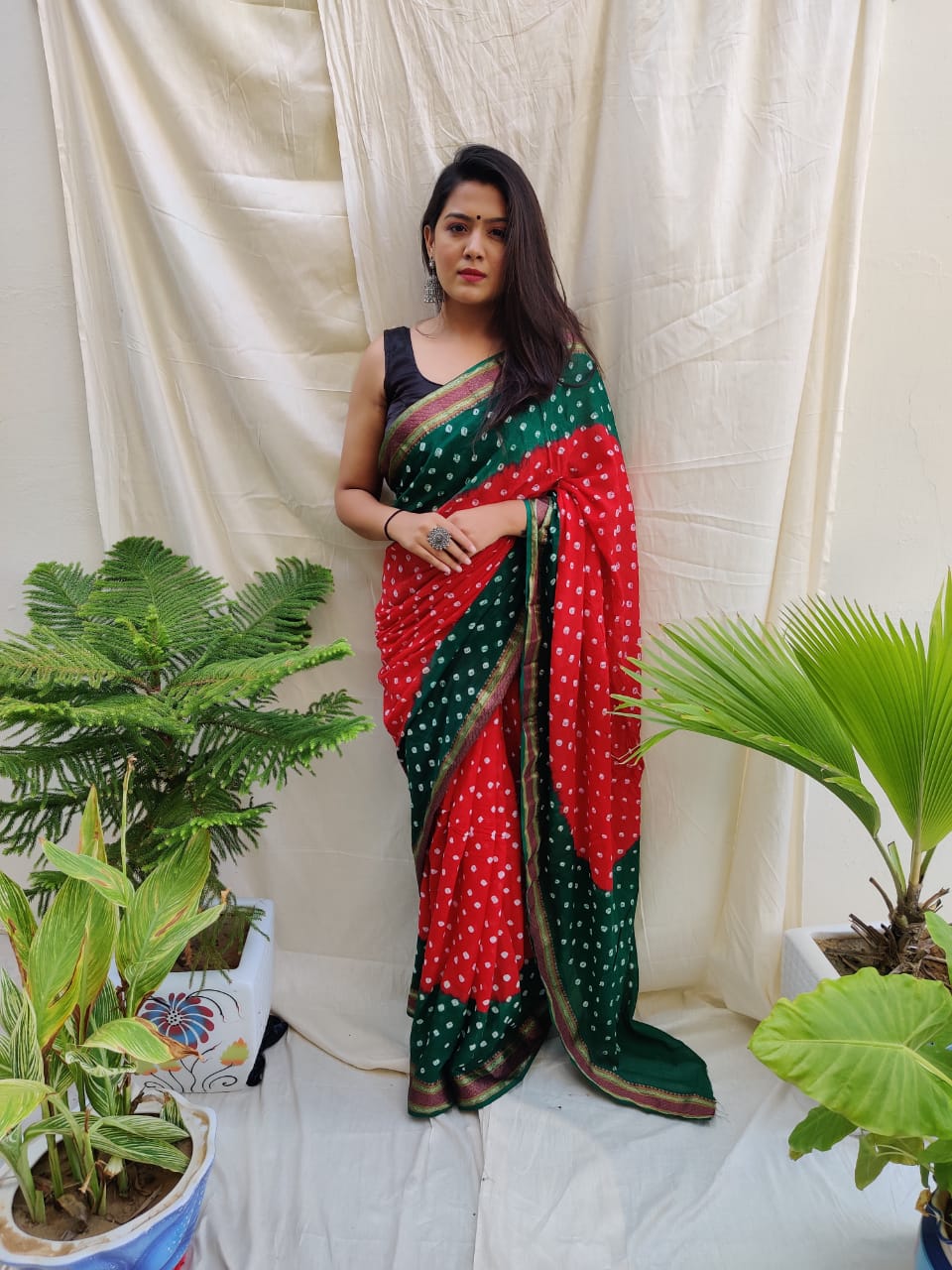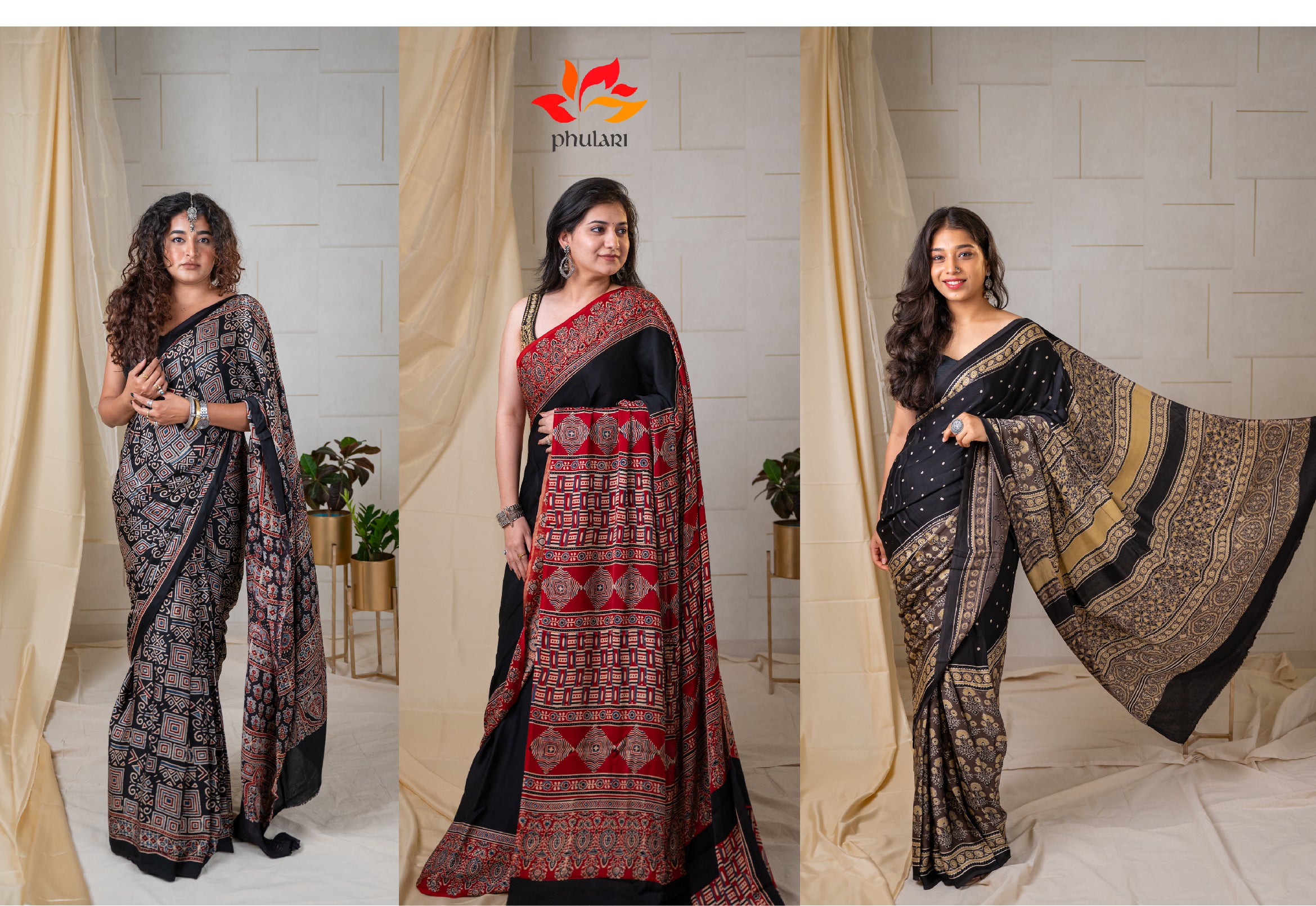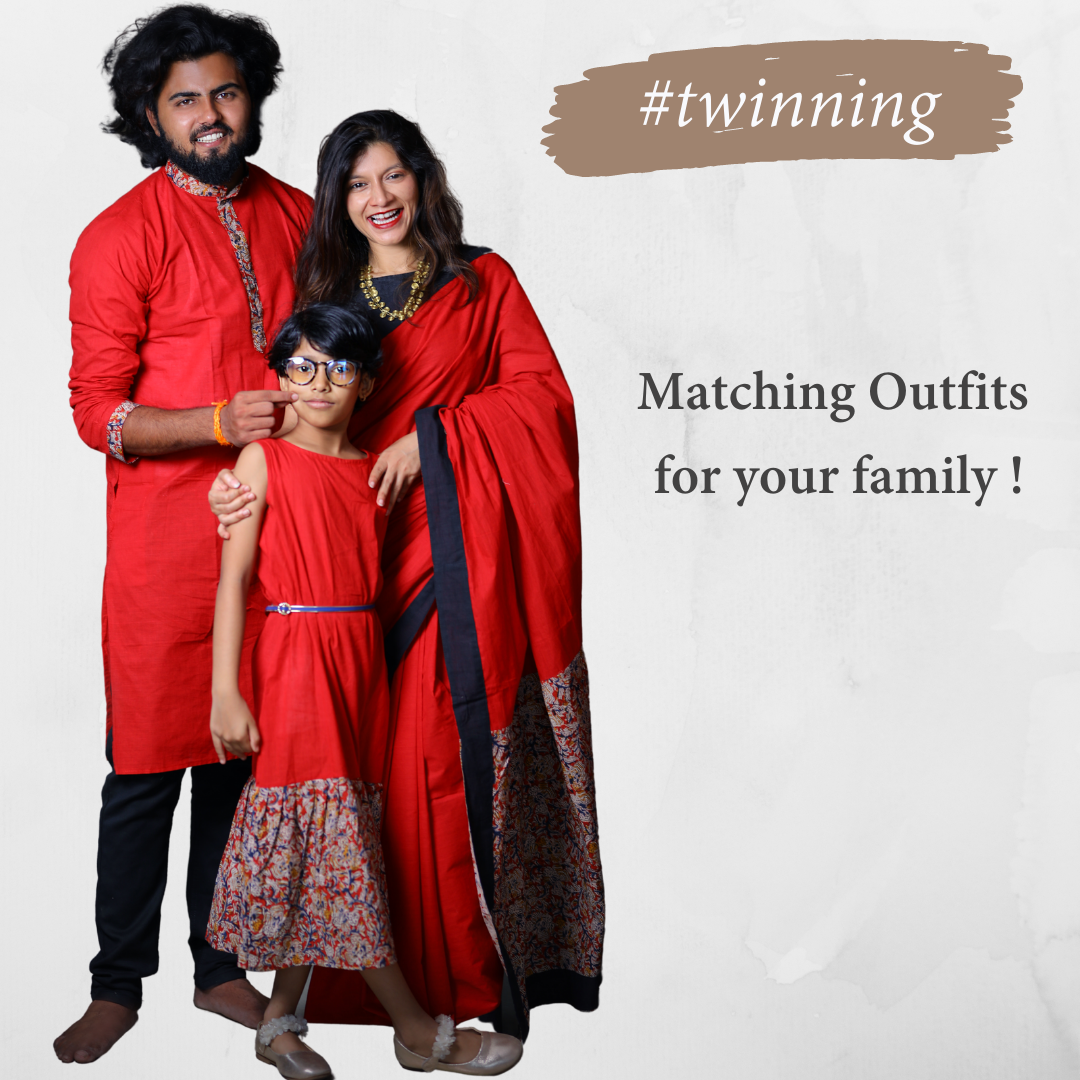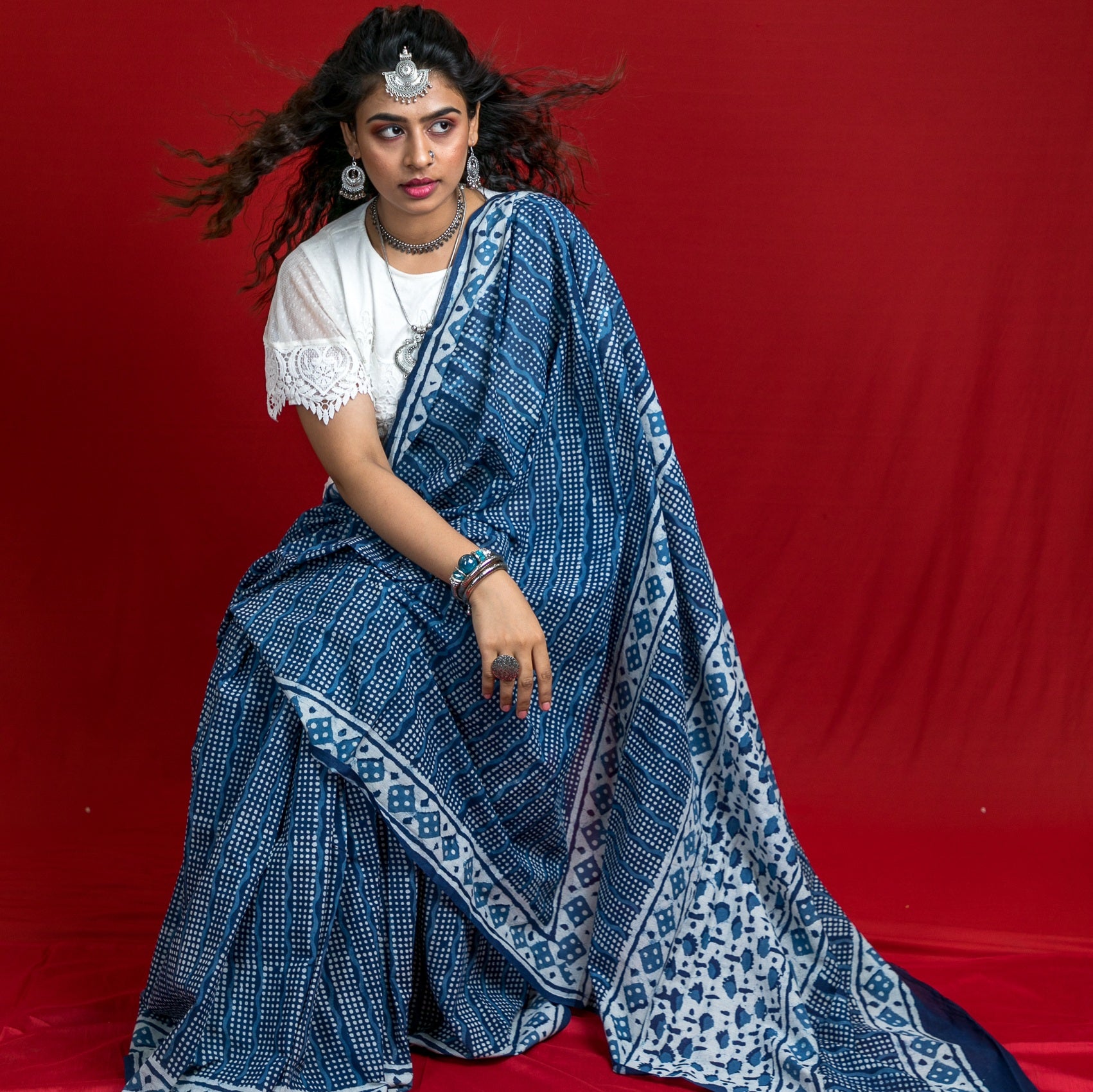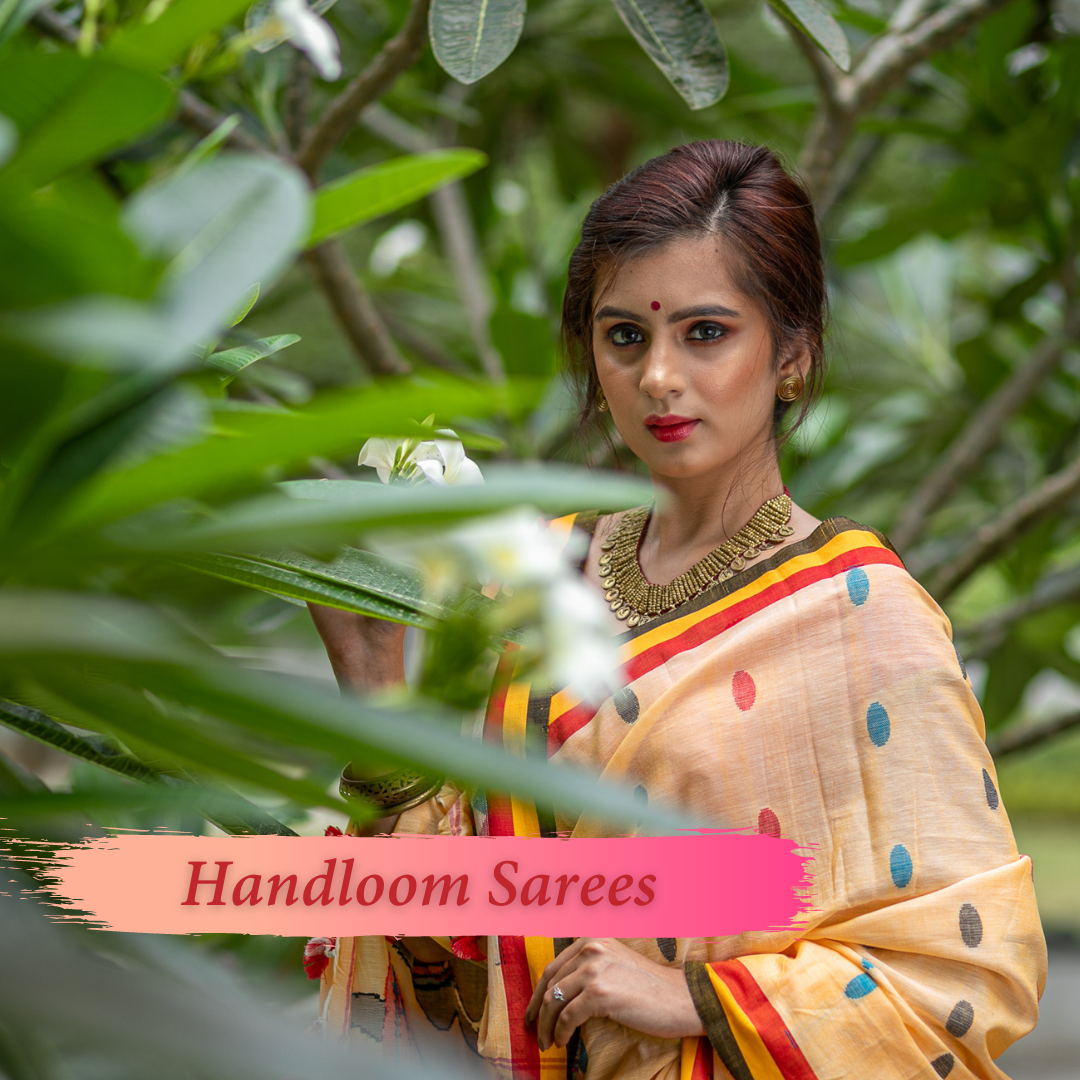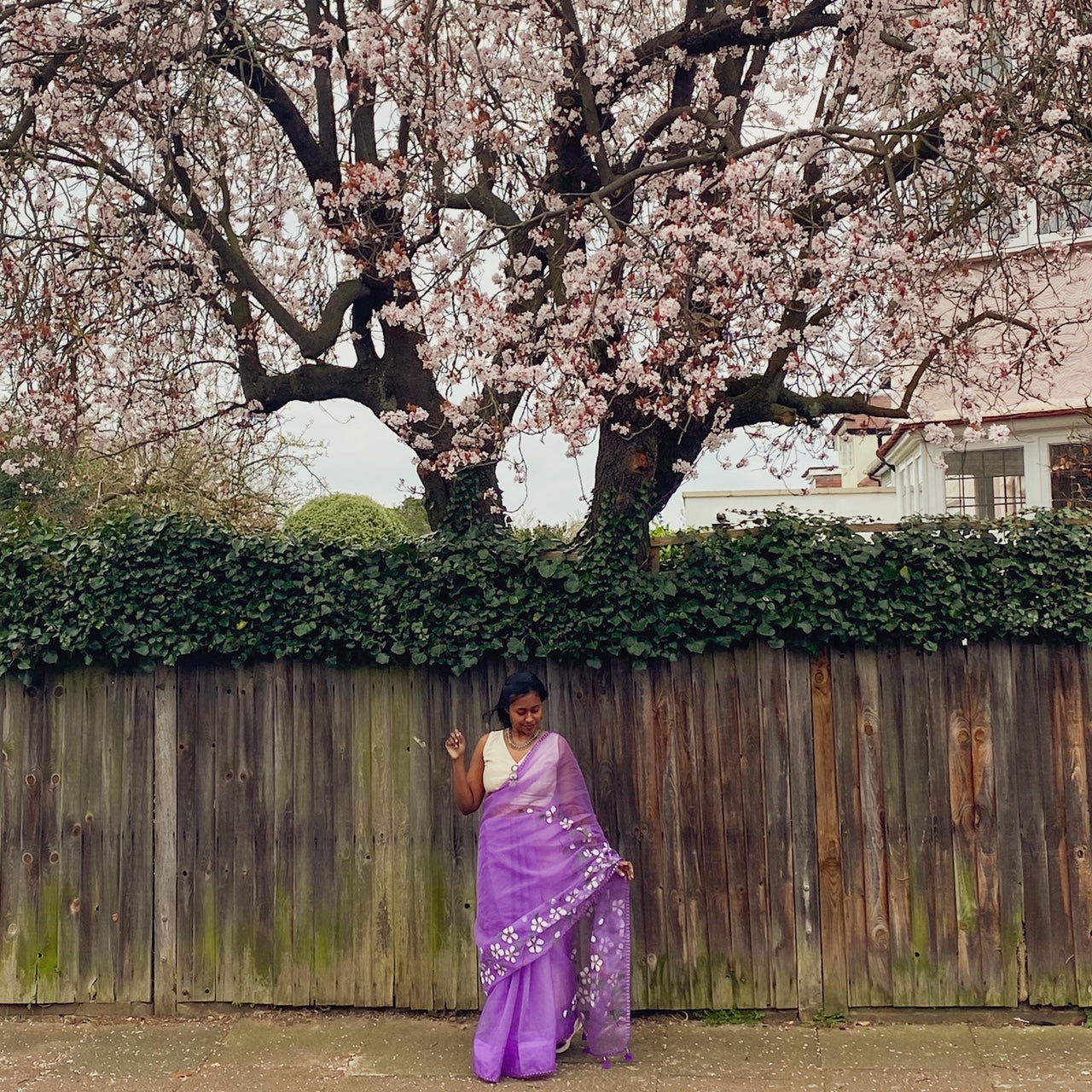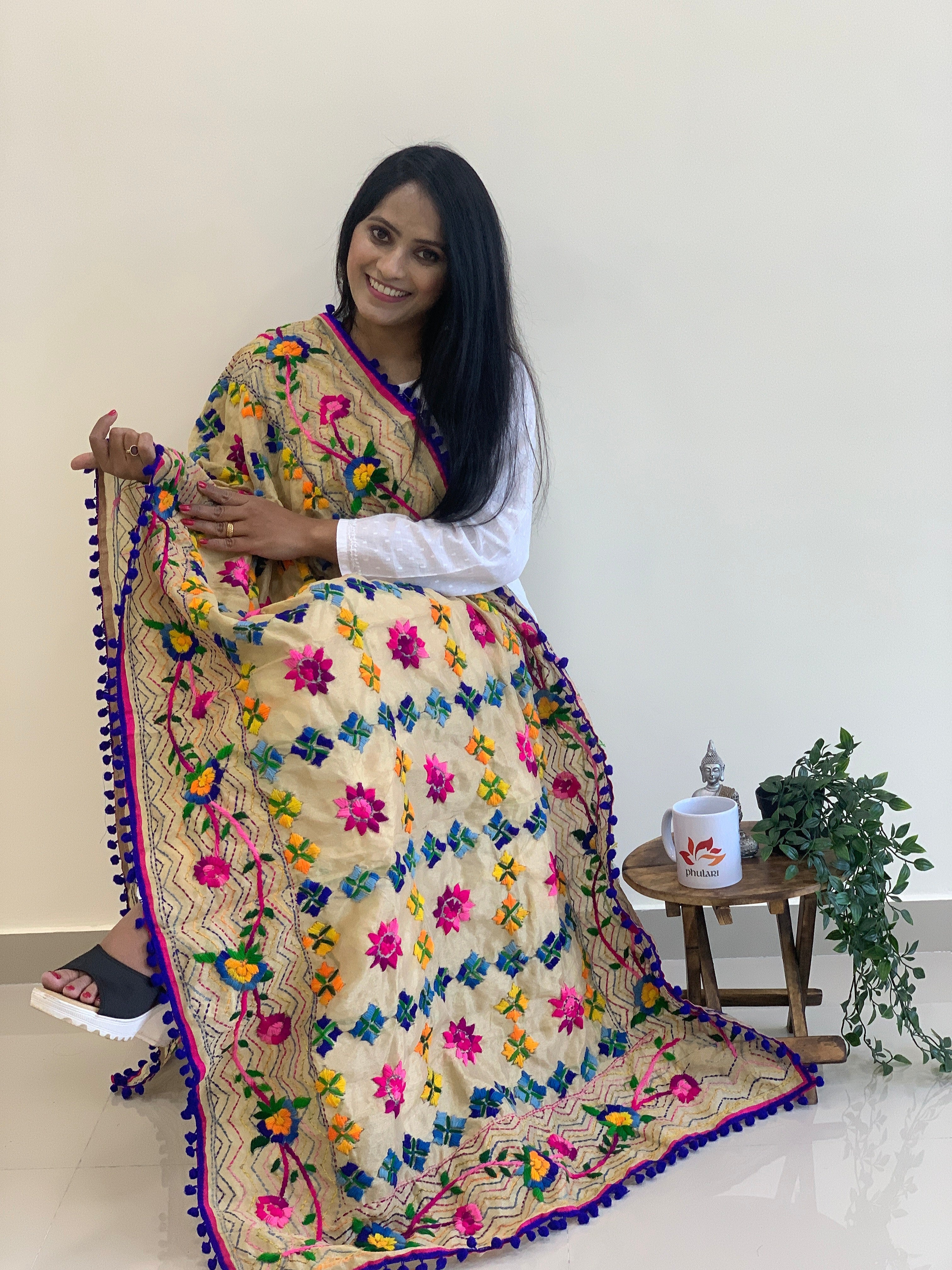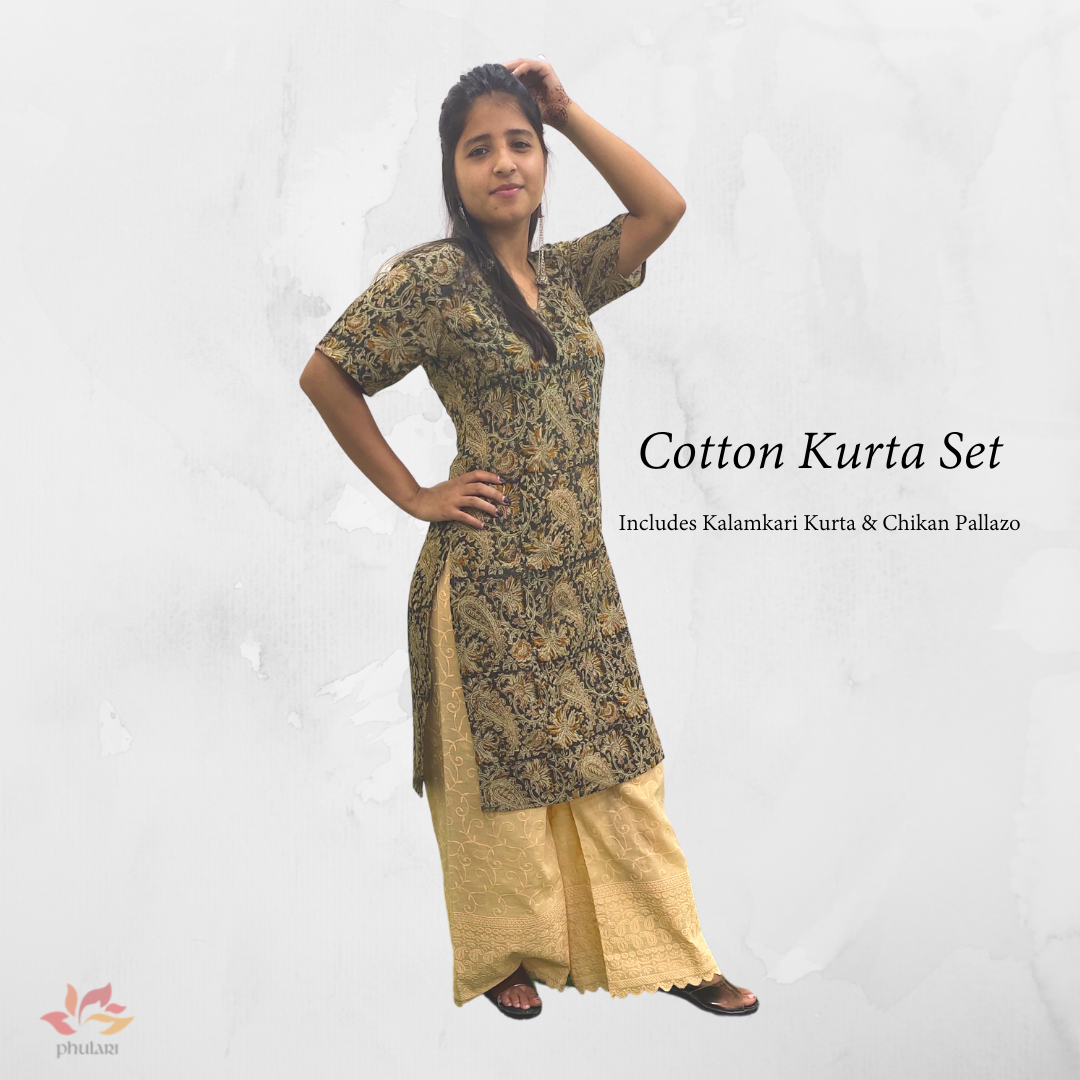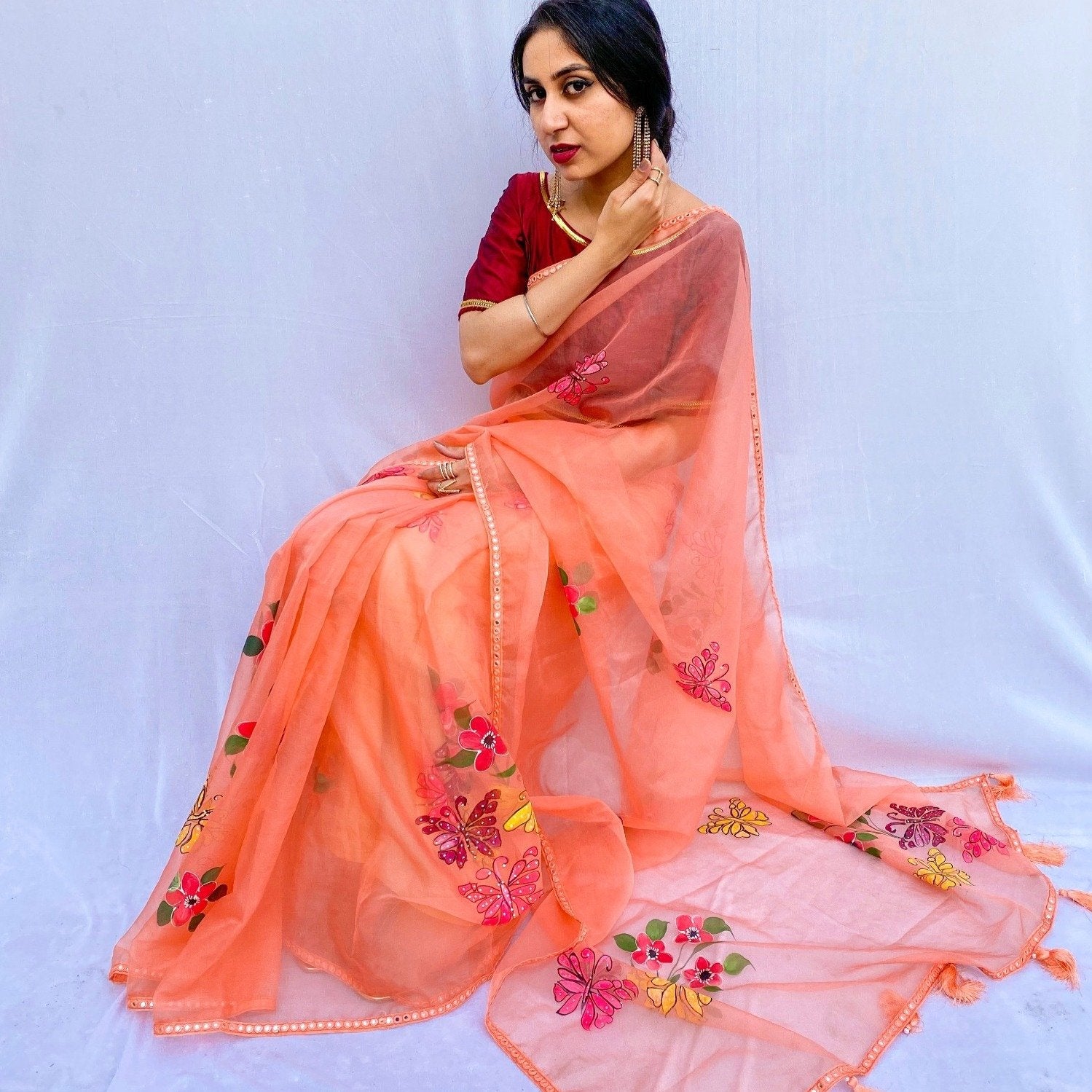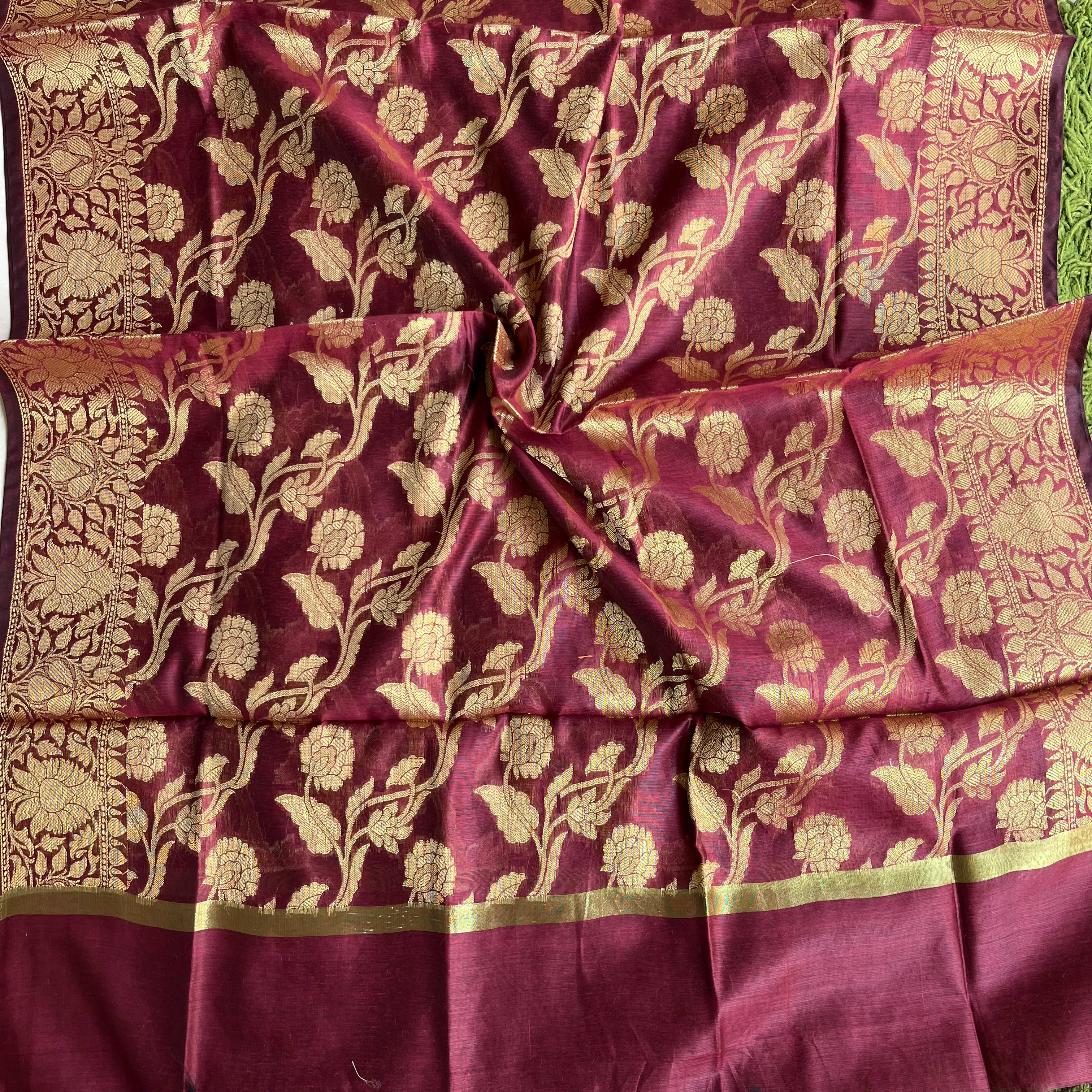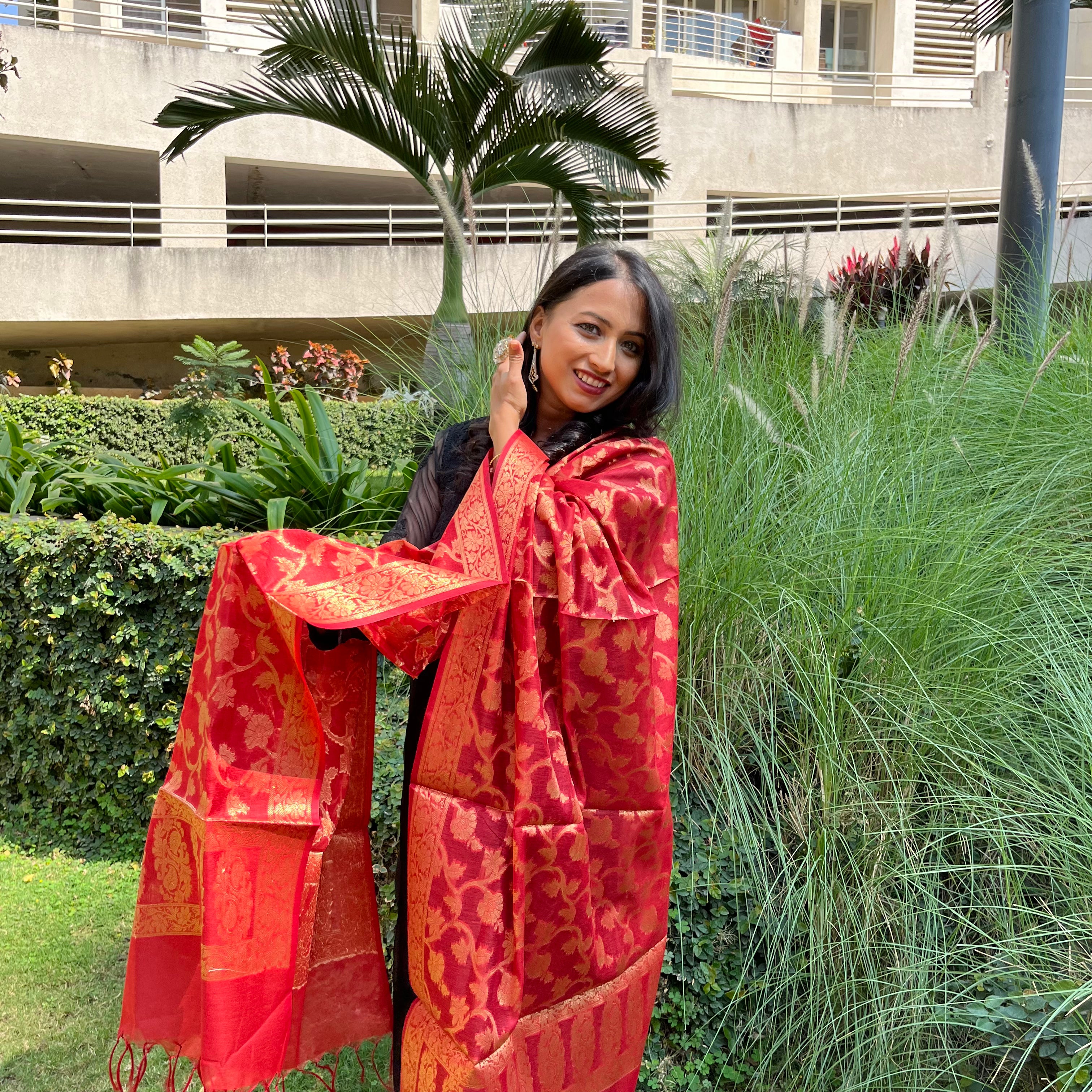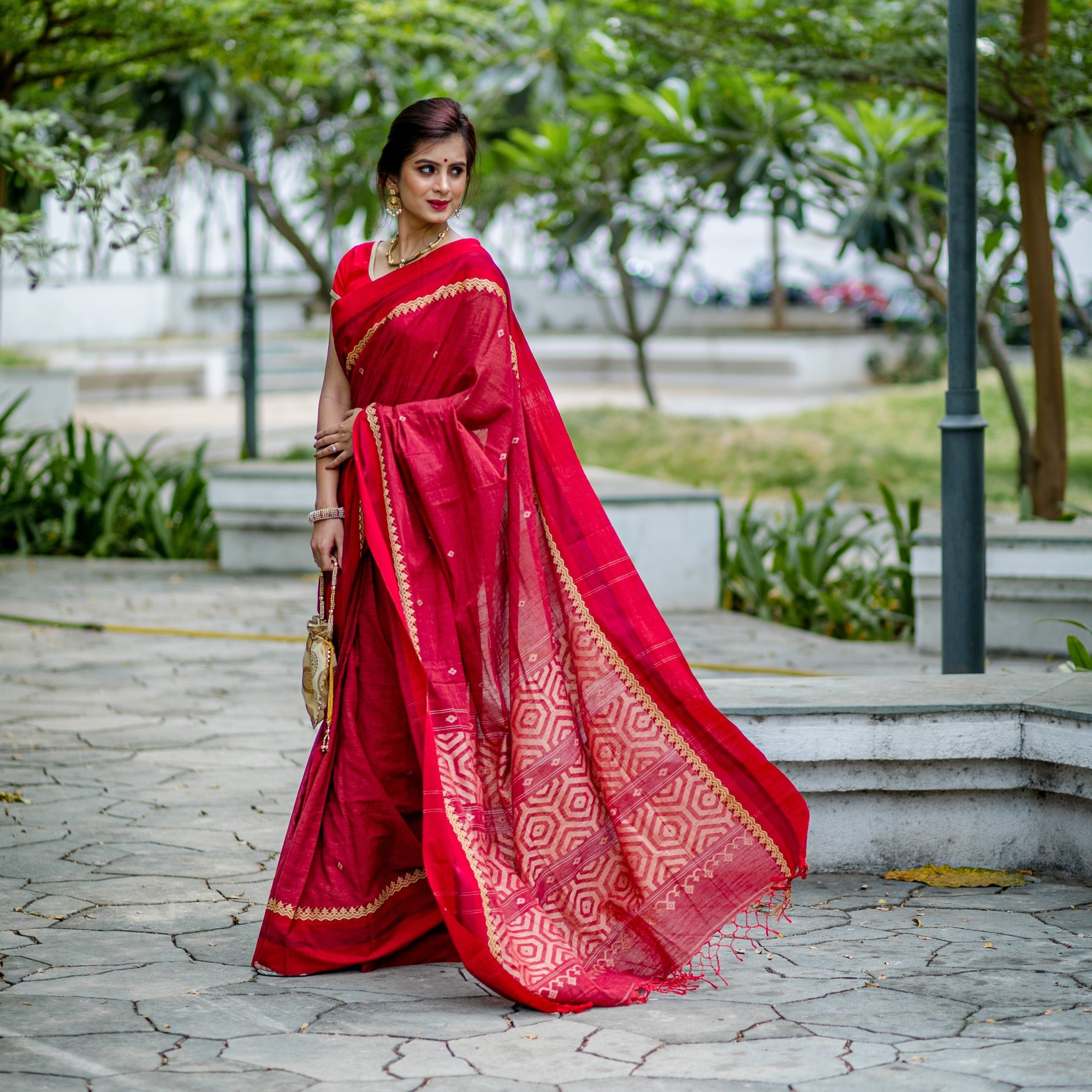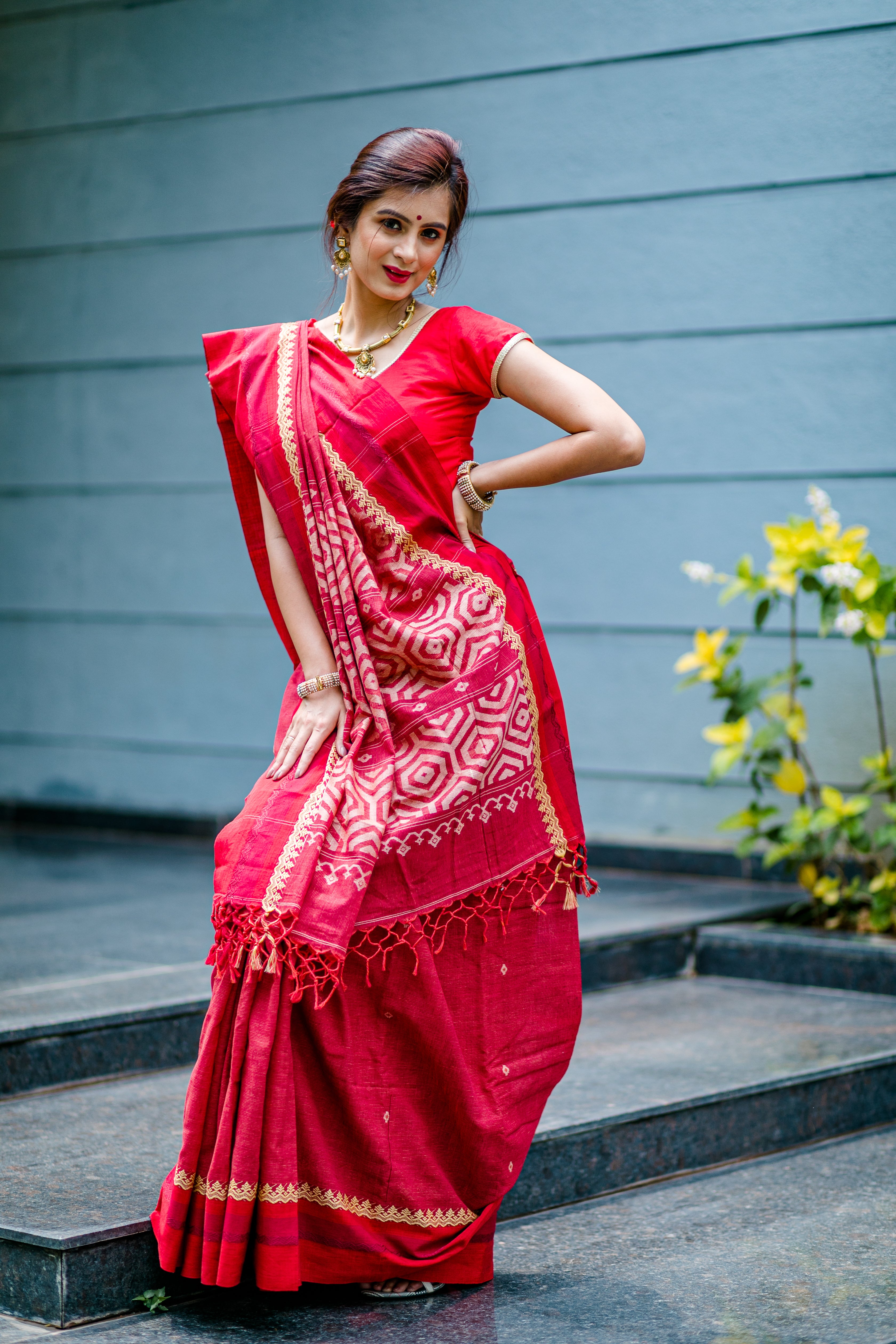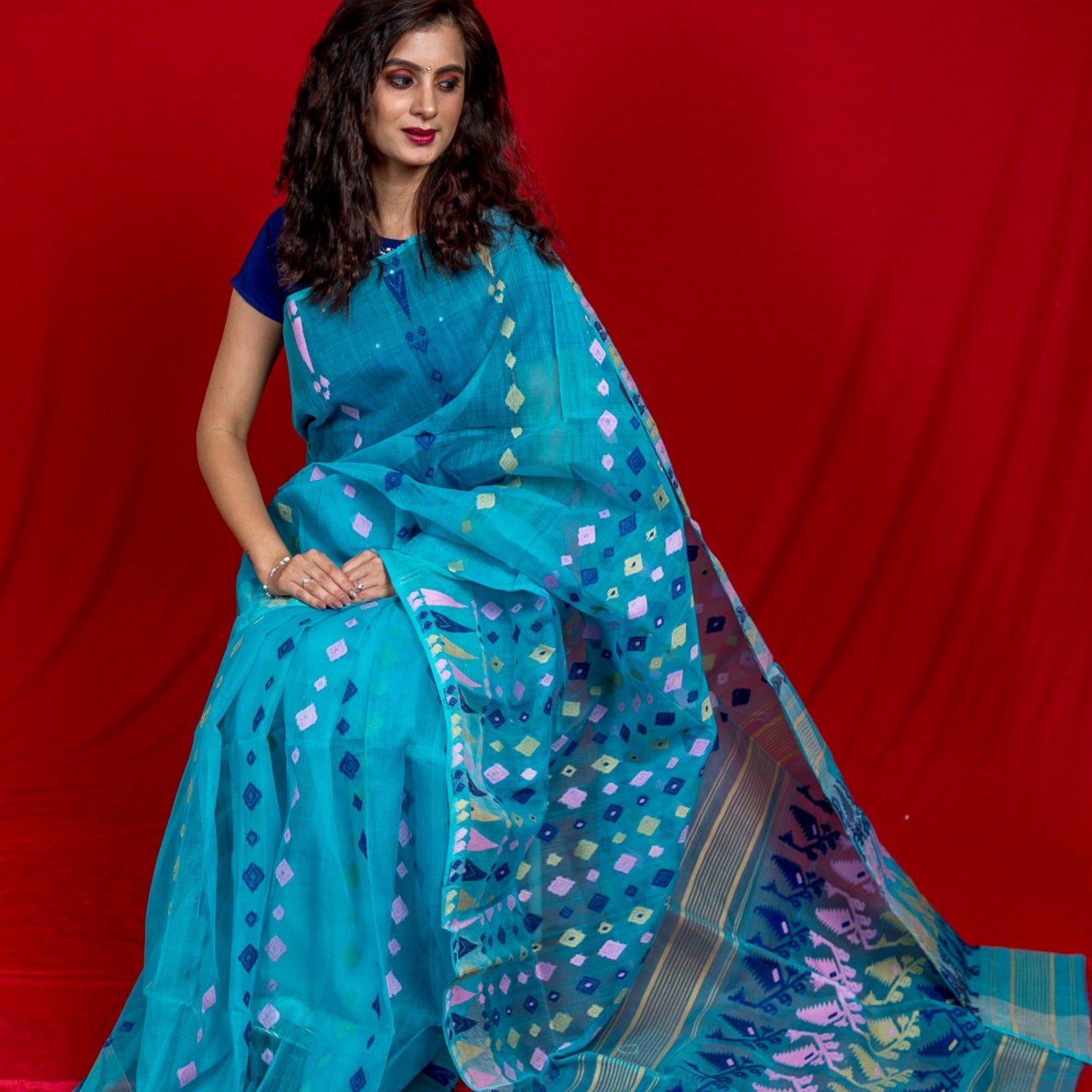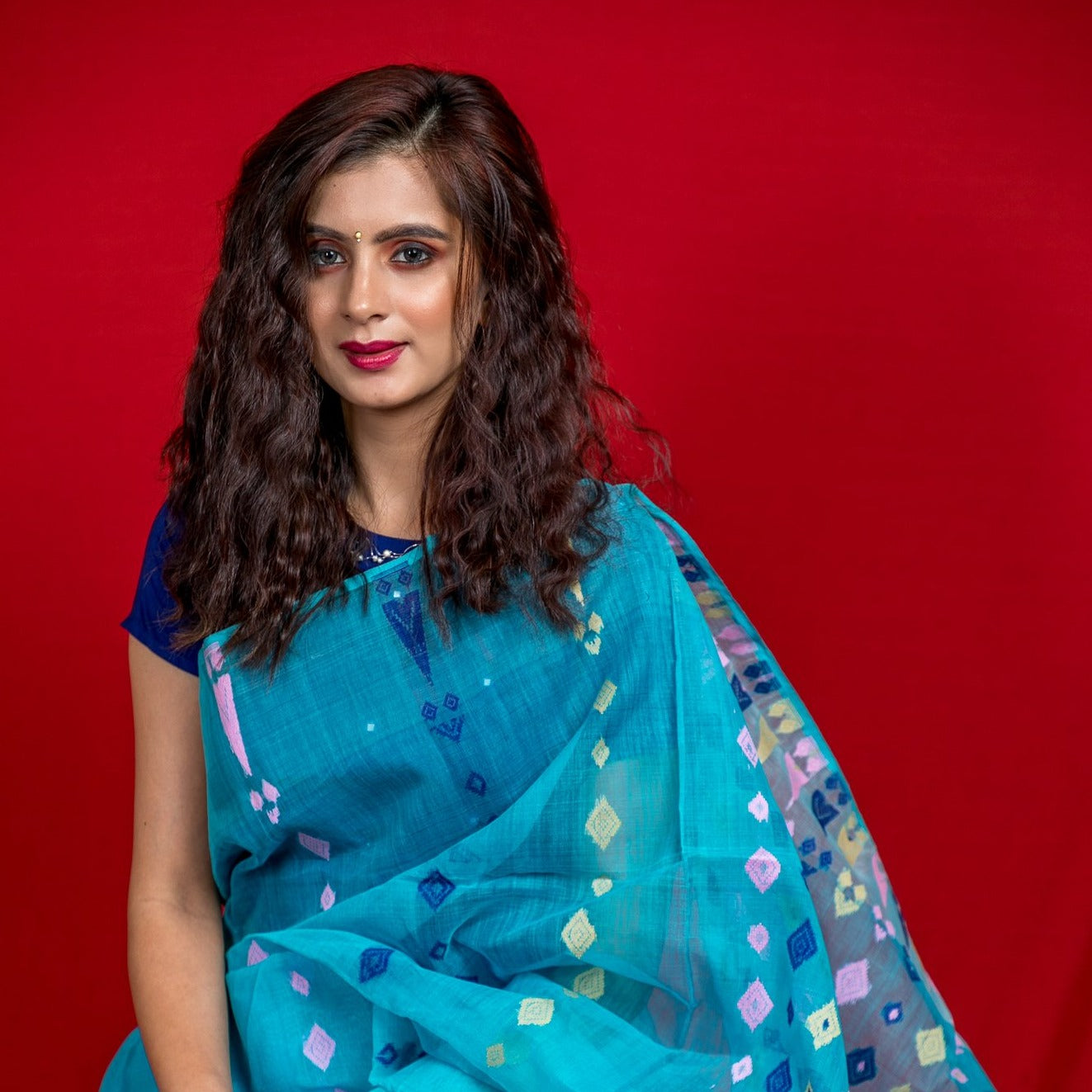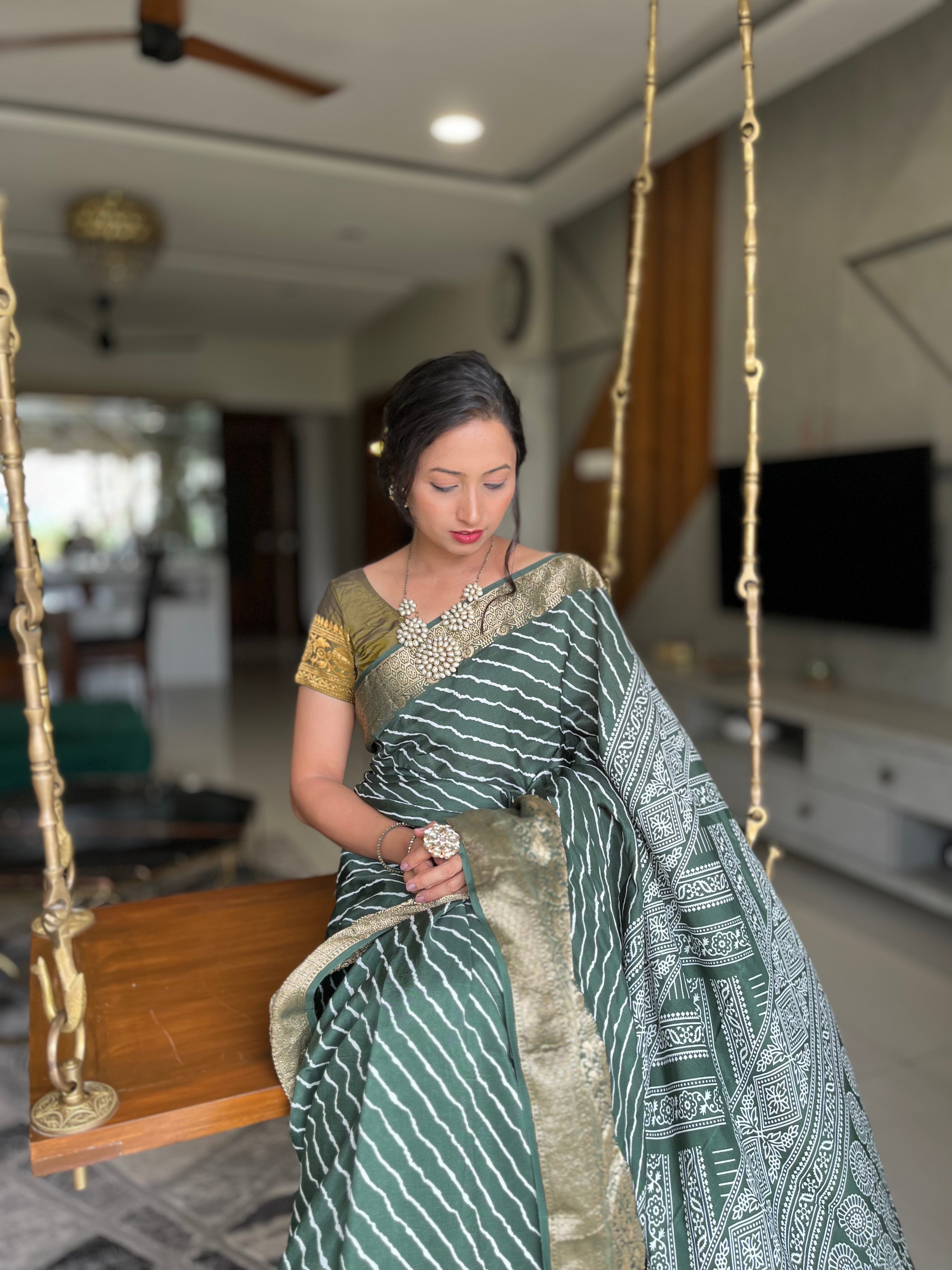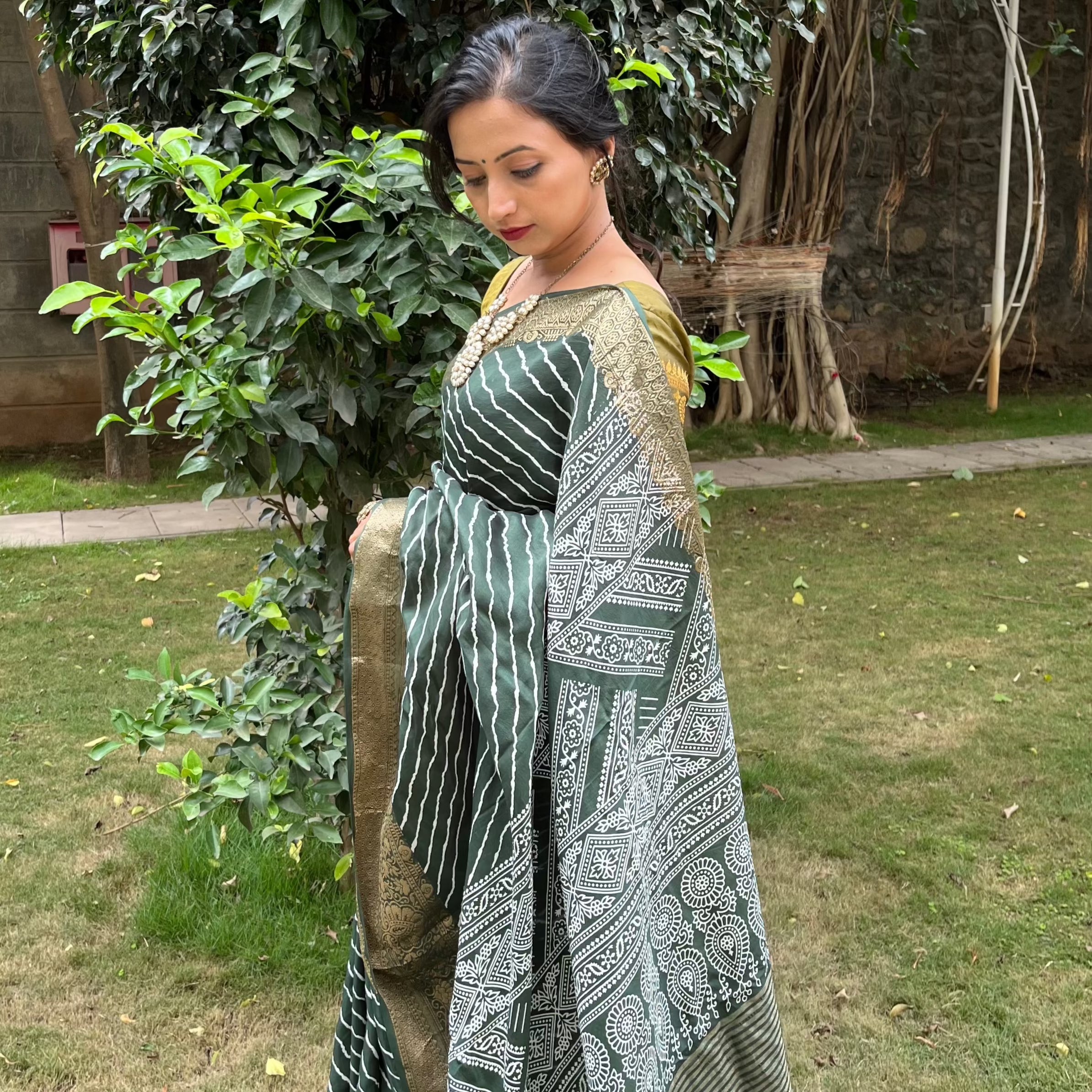There’s no denying that India is a land of diverse cultures, traditions, art, and craft forms. Most of the art and craft forms are very ancient and still maintain popularity amongst the youth today. Amongst the many tie and dye techniques, one of the most famous and widely used in the world of Indian Fashion is Bandhani or Bandhej. This vibrant and exuberant art form involves intricate craftsmanship and thought resulting in vivid designs and patterns. In recent times, we have seen the trend and demand for bandhani products, not limited to saree but also salwar suits, dupattas, stoles, skirts, kurtas, and turbans. Moreover, artisans have been creating fusion designs; sometimes bandhani has been blended with embroidery or even other block printing techniques like Ajrakh and also beautifully amalgamated with weave patterns like Banarasi.. They are popular not only among women but also men.
Let us go back in time to know more about this indigenous art form of India.
The history behind Bandhani
Bandhani, one of the oldest art forms of tie and dye, can be dated back to the Indus Valley Civilisation. It is derived from the term Bandhan which means tying up. The earliest type of Bandhani dots has been seen in a 6th-century painting that depicts the life of Buddha found on the cave wall at Ajanta. As per the evidence by historians, the first Bandhani saree was worn at the of Bana Bhatt’s Harshacharit in the royal marriage. Wearing a Bandhani saree was considered as good luck to the bride for the future. The Ajanta walls stand evidence of these sarees. (source: ada, Yoshiko Iwamoto (2002). Memory on Cloth: Shibori Now. Kodansha International. p. 28. ISBN 9784770027771.)
In India, Bandhani work was started by the Khatri community of Gujarat. Certain places in Rajasthan like Jaipur, Ajmer, Udaipur, Bhilwara, Sikar, and Jamnagar in Gujarat are popular centers for Bandhani work.
The technique behind Bandhani products
The work that goes behind the beautifully finished Bandhani products is a highly skilled process. It begins with the artisans tieing the fabric very tightly at different points with threads to form various patterns. Once this step is finished, the fabric is dyed in colors. The beauty in this art form is that when the fabric goes for dyeing, the tied knots do not catch color. It remains the same color as the fabric. After the completion of dyeing the fabric, it is aired out for drying in the open. The weather conditions play a crucial role in the time required for the cloth to dry. On a bright sunny day, the product dries in 4-5 hours, while during monsoons, it could take up to 2 days. (source: https://www.utsavpedia.com/motifs-embroideries/bandhej-bandhani/)
The types of Bandhani patterns
Bandhani comes in a variety of symbols and patterns. After the processing is done, it results in symbols like lines, waves, dots, and strips. Also, depending on the way the fabric is tied, different patterns are formed.
- Ekdali or Bundi: a single Bandhani dit
- Boond: small dots with darker centers
- Kodi: tear-shaped drop
- Trikunit; patterns or circles in a cluster of three
- Dungar Shahi: mountain pattern
- Leheriya: waves
Elaborate motifs of flowers, leaves, animals, trees, and human figures are made by repeating Bandhani dots and patterns.
Fabrics used for Bandhani products
In earlier times, Bandhani products were made using fine mill cotton or muslin. As time passed, these artisans started experimenting with other fabrics to meet the changing needs of the people. These included georgette, cotton silk, variants of cotton, and art silk.
The various Bandhani products and colors
The various types of Bandhani products include sarees, salwar suits, dupattas, stoles, and even turbans and shirts for men. These products are made from natural dyes. The commonly used colors are red, yellow, green, blue, black, and maroon, where each has its significance.
For instance,
Red: believed to give good future and fortune to brides
Yellow: represents joy
Black and maroon: represents mourning
These days you will find Bandhani products in colors like pink, purple, mustard yellow, and beige.
The maintenance of Bandhani products
For best results and longevity, it is advisable to dry clean Bandhani products and, if required, iron on a low heat setting. Keep in mind that washing or ironing on high heat is strictly prohibited as there are high chances of the apparel being ruined.
Wearing Bandhani attires
Bandhani attires are very versatile in terms of wearability. They are ideal for casual meetups, work, small gatherings, and festivities. These are popular not only among women, but also young girls. The reason being they are a perfect blend of comfort and style.
Some of Phulari’s Collection
These Bandhani products are handcrafted with love by the skilled artisans Phulari has on board. Each of them is unique and is a combination of other art forms that include Kutchi work, Khatli work, and Ajrakh. The blend of any of these with Bandhani results in an alluring attire, sure to capture everyone’s attention wherever you go.
Here are some of our Bandhani products combined with other art forms:
This hot pink modal silk dupatta is elegant and exquisite. It has a beautiful Bandhani design on the entire fabric with a broad ajrakh designed border, adding to the richness and beauty. It is ideal for celebrations or festivities. This dupatta can be carried with a black or white ensemble.
In this picture, we have paired the modal silk Bandhani ajrakh dupatta with a black kurta and legging, jhumkas, and brown juttis.
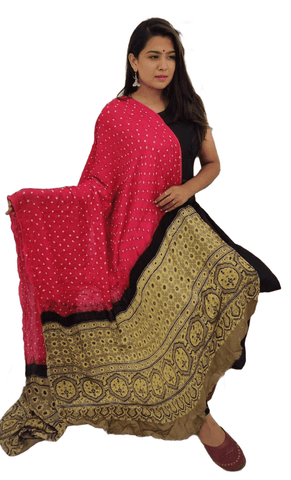
This bright and attractive dupion silk saree is an ideal choice for celebrations and weddings. It is a beautiful combination of two popular handcrafted forms of India - Banarasi, and Bandhani. It is yellow and pink, giving a very lively and happy touch to your look. Pair it with oxidised jhumkas to complete the look.
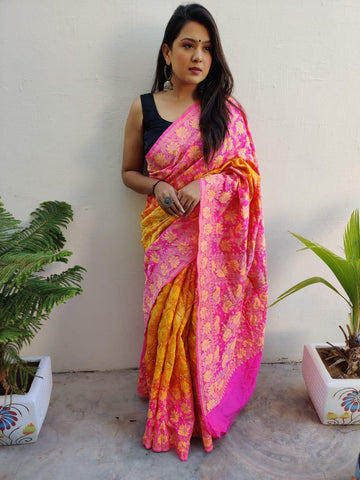
Beautifully textured georgette blue- sea green saree made by the artisans of Kutch. It has zari blended with the tie and dye technique. Drape it for any wedding or celebration and stand out from the rest. We highly recommend this Banarasi-Bandhani saree if you are looking to add a saree that is unique, elegant, and classy.

These unstitched salwar suit fabrics are ideal for everyday wear, small gatherings, and pujas. The kurta has intricately embroidered Khatli work, while the bottom and dupatta have a Bandhani design. It is comfortable, easy to wear, and fashionable. Both women and young girls are sure to fall in love with them. Accessorise these salwar suits with jewelry and handcrafted juttis for a holistic ethnic appearance.
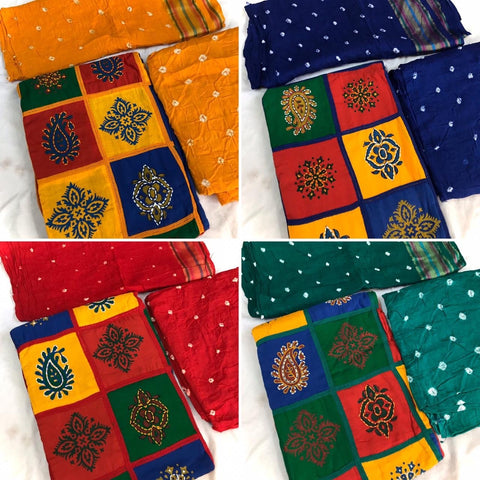
A mesmerising combination of violet and green is this unstitched salwar suit fabric. These two colors bring freshness and liveliness to a dull day. The combination of Bandhani and Kutchi has added extra charm to this beautiful creation by local artisans. Be it for a casual meetup or work, this attire is sure to create a style statement. To upscale your look, a pair of long earrings and bindi is just what you require, and you are ready to go.

This art form has been facing threats due to poor payment for the amount of time put in and a long turnover period, which has led to the downfall in the number of artisans. Also, there is a need to eliminate the middleman and deal with these artisans directly, so that they can receive fair payment.
Bandhani has been present for many centuries and is here to stay. Though certain threats are being faced by the local artisans, they are still working on this art form. Also, many fashion designers are taking inspiration from this art form and recreating designs to match the preferences of the present generation. The craze for Bandhani products has grown and has found a place globally.
Explore our Bandhani collection by heading to https://phulari.com/collections/bandhani-kutch-work

